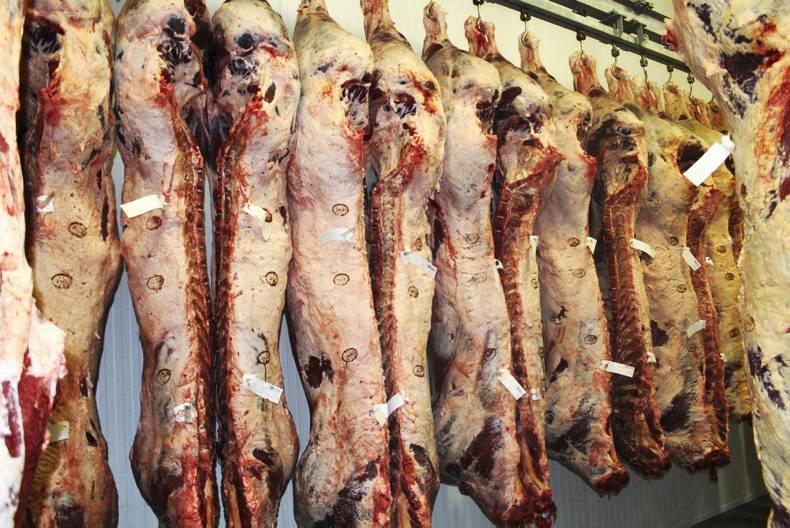The factory league tables show that all factories differ when it comes to pricing cattle but, as highlighted on pages 14 and 15, we must be careful to remember that what drives the price in one factory might not apply in another.
A farmer with non-QA heavier cattle may sell better in a factory well down the table than they would in one towards the top, which is driven by large numbers of Angus or Hereford breeds and is very strict on specification. Price spreads are calculated to the nearest c/kg.
Steers
With the health warning out of the way, what has been happening over the past year and just how great is the gap between the top and bottom? For U=3= steers, the spread between top and bottom factories in the table is almost 16c/kg, for R=3= it is almost 12c/kg, for O=3= it is 25c/kg and 32c/kg for P+3=.
There are a couple of issues that need to highlighted here. The majority of steers killed will be in the R and O grades with P grades much scarcer. That means there can be a distortion, particularly towards the bottom of the table where a factory not particularly chasing a category just picks up a few as it goes along and prices them accordingly. A small number at a low price will result in a low position in the table.
Similarly, there is an important message for farmers selling – have a look at the tables and see where your type of cattle would sell best.
Heifers
There is a bigger price spread on heifers across all grades, not just the plainer ones as is the case with steers. There is a huge 38c/kg spread on U=3= heifers from the top-paying factory in the table to the bottom, with 16c/kg between the first and second factory. The spread on the R=3= heifer is much lower at 17c/kg. On the O=3= heifers, the spread is 27c/kg and the P+3= is huge at 43c/kg. The same principle about what can add to the spread applies equally to heifers as it does to steers, with prices at the bottom reflecting a non-interest by the factory in a type of stock and/or an exceptionally small number handled.
Young bulls
In the young bull category, the potential for distortion is added to by the purchase of under-16-month bulls on the grid, while there tends to be flatter pricing of older ,heavier young bulls. With this note of caution in mind, the biggest price spreads per kilo are at either end of the quality scale, with U=3= showing a 39c/kg difference between the top- and bottom- paying factories. The gap of 75c/kg on P+3= bulls reflects a factory that wants these at the top and sends that message out very clearly in the price it paid for whatever number of them it received. For the R=3= young bulls, the spread is 23c/kg, while it is 19c/kg for the O=3=.
Cows
Cows are a speciality trade and there are what are known as cow factories across the country, yet there are others that are simply not interested in cows. This is reflected in the prices paid because when a factory is operating it will get some cows whether it wants them or not, but a farmer dropping a cull cow off to a local factory for convenience is unlikely to get paid a great price if that factory is not really interested in buying. In the U=3= category of cows, there is a spread of 65c/kg, the largest in any category examined in this exercise. The spread on R=3= cows is 37c/kg, on O=3= it is a still large 37c/kg, while O=3= is 27c/kg and for P+3= the spread is 29c/kg.
Comparison with 2015
Last year, we completed this exercise for a six-month period whereas these tables are for the full year since the end of June 2015. While there are multiple cautions about issues that affect the table position of factories in term of c/kg paid, what is directly comparable is the relative position in the table compared with the previous year.
What is striking about movement is the similarity of position with the previous period, particularly for the mainstream categories, the R and O grades. Where large movements have occurred, it has been in grades where a small number of cattle have been processed.
We will examine the individual factory groups and independents and what is driving their prices for different types of cattle. Gold, silver and bronze will be awarded to the top performers across all categories.






 This is a subscriber-only article
This is a subscriber-only article





SHARING OPTIONS: